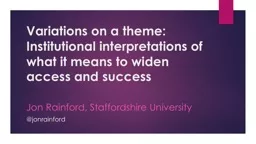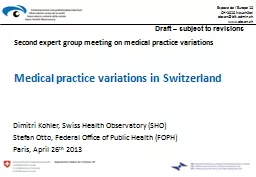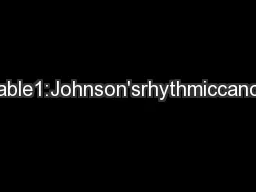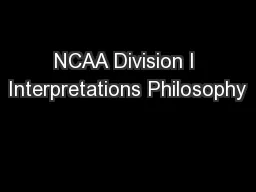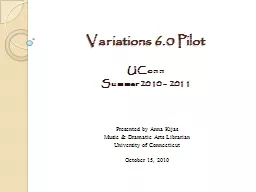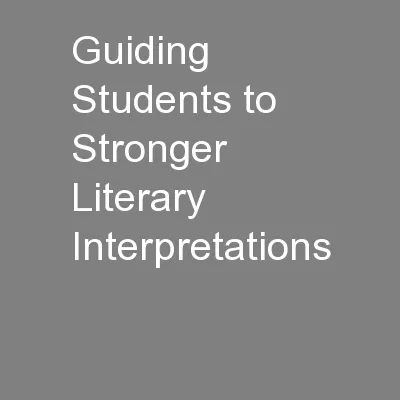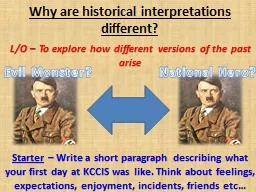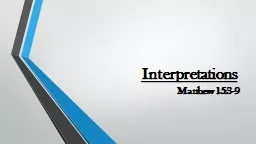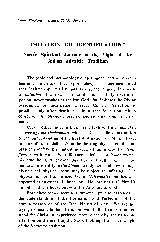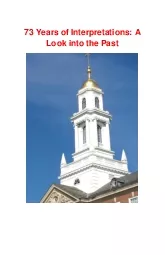PPT-Variations on a theme: Institutional interpretations of wha
Author : lindy-dunigan | Published Date : 2017-07-05
success Jon R ainford S taffordshire University j onrainford Research Questions What if any differences are there in the discourses used within Access Agreements
Presentation Embed Code
Download Presentation
Download Presentation The PPT/PDF document "Variations on a theme: Institutional int..." is the property of its rightful owner. Permission is granted to download and print the materials on this website for personal, non-commercial use only, and to display it on your personal computer provided you do not modify the materials and that you retain all copyright notices contained in the materials. By downloading content from our website, you accept the terms of this agreement.
Variations on a theme: Institutional interpretations of wha: Transcript
Download Rules Of Document
"Variations on a theme: Institutional interpretations of wha"The content belongs to its owner. You may download and print it for personal use, without modification, and keep all copyright notices. By downloading, you agree to these terms.
Related Documents

